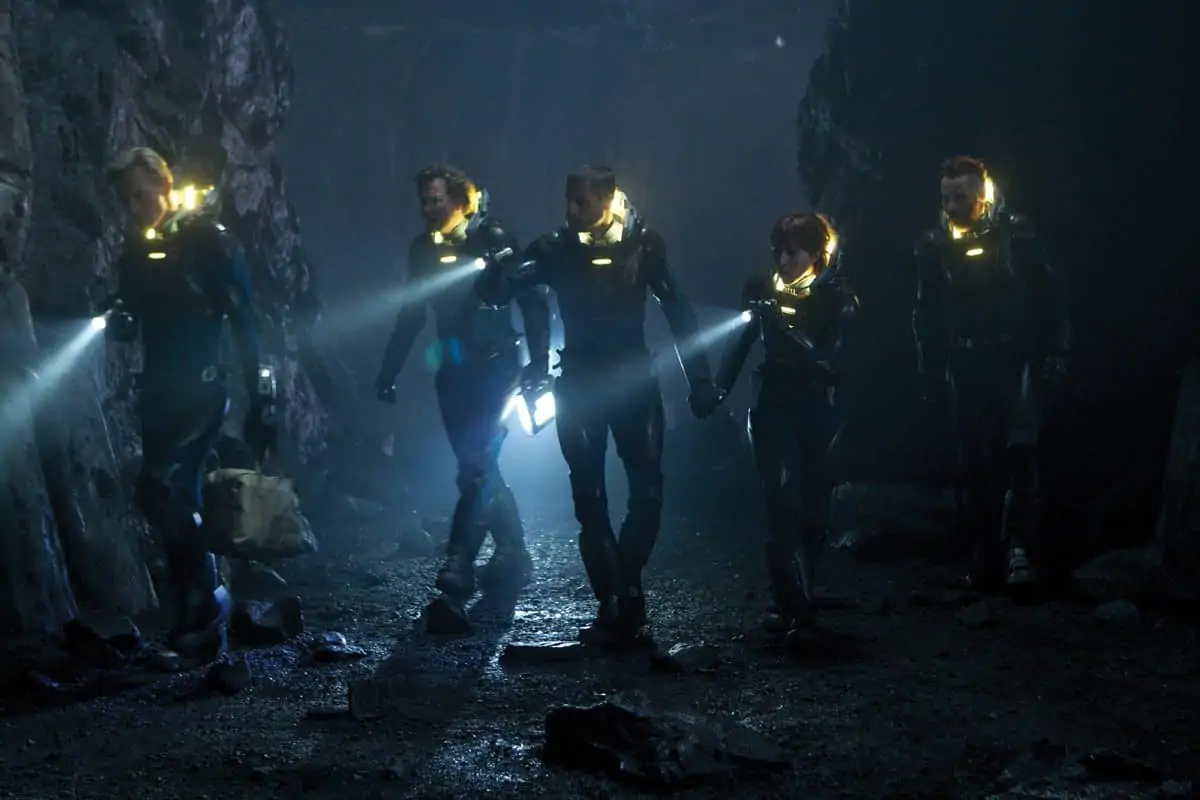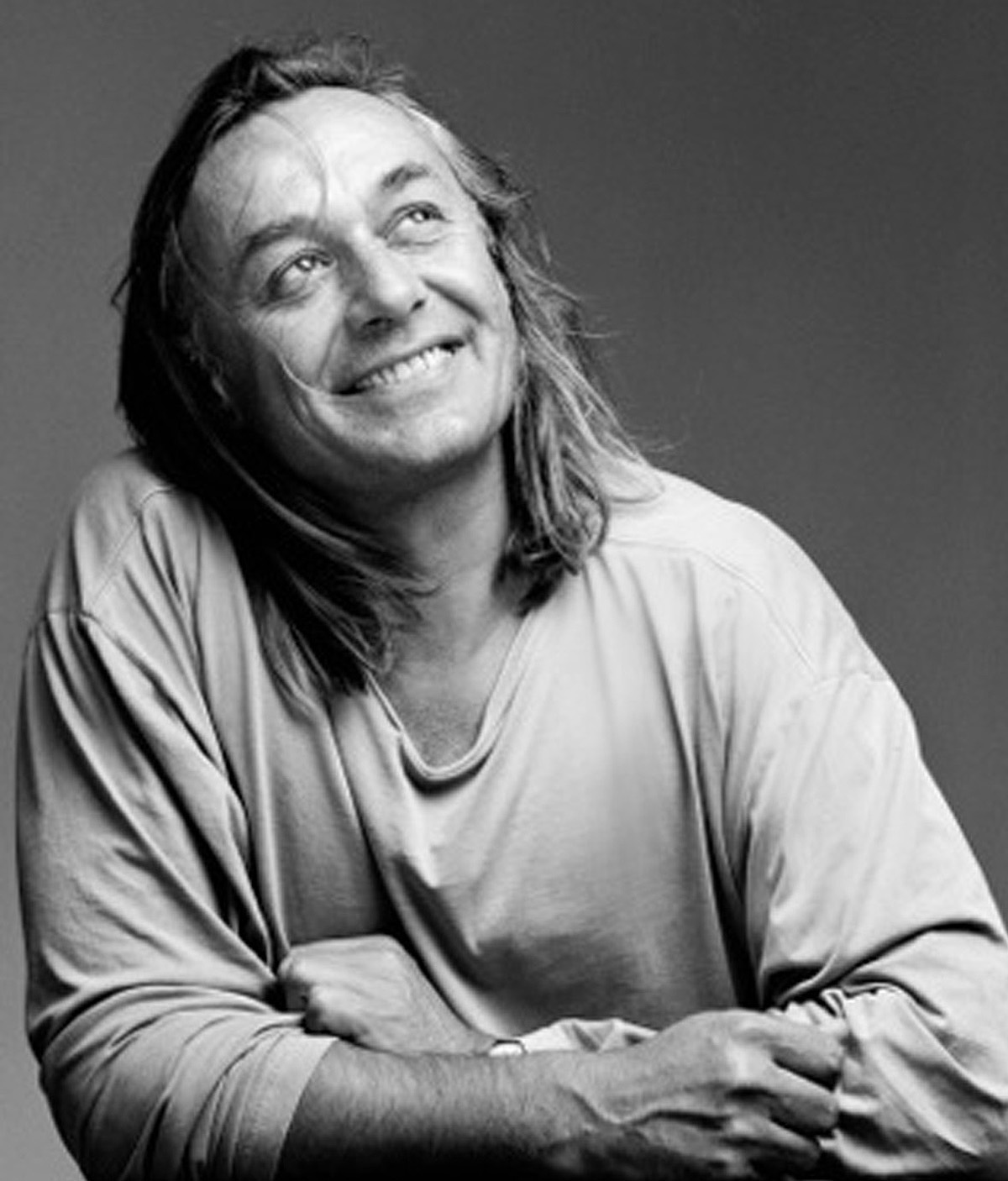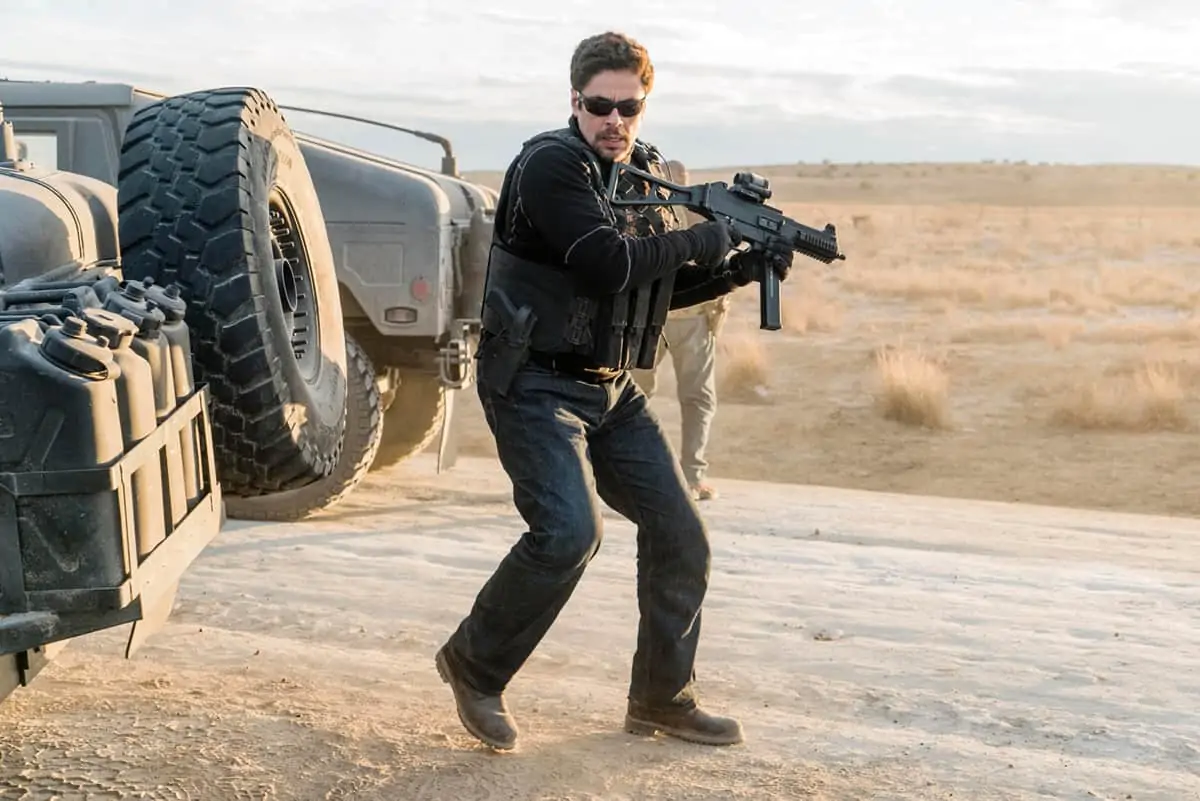Outer Space
Dariusz Wolski ASC / Prometheus 3D

Outer Space
Dariusz Wolski ASC / Prometheus 3D
BY: Bob Fisher
Prometheus takes the audience on a 3D journey to a planet in outer space with a group of explorers who are on a quest to find the secret to the origins of life on Earth. The spaceship is named after Prometheus who, in Greek mythology, stole fire from Zeus and gave it to mortals. Dariusz Wolski ASC and Ridley Scott brought deep pools of experience and talent for the global art of visual storytelling to this ambitious endeavour, writes Bob Fisher.
Wolski was born and raised in Warsaw, Poland. He migrated to New York City in 1979 after graduating from the national film school at Lodz. Wolski began his career working on BBC documentaries. He explored new horizons while shooting commercials and more than 100 music videos, including many for Tony and Ridley Scott’s company, after moving to Los Angeles in 1986. Wolski collaborated with Tony Scott on The Crow in 1994 and Crimson Tide in 1995. He has earned approximately 20 movie credits, including Alice In Wonderland, Rum Diary and the four popular Pirates Of The Caribbean films.
Scott has earned BAFTA Best Film and Best Director awards for Thelma And Louise, a Best Director BAFTA award for Gladiator, a Best Film BAFTA Award for American Gangster and Academy-Award nominations for Thelma And Louise, Gladiator and Black Hawk Down. A short list of his other memorable credits includes Alien, Blade Runner, Robin Hood, Someone To Watch Over Me, Hannibal, Body Of Lies and American Gangster. Sir Ridley Scott was knighted in 2003 in recognition of his contributions to advancing the art of filmmaking.
“Ridley visited the set in Los Angeles whilst I was shooting Pirates Of The Caribbean: On Stranger Tides in 3D stereo format in 2009,” Wolski recalls. “Later, he visited the set while we were shooting in London and began a conversation about producing Prometheus in 3D.”
Although the RED Epic camera was still in the prototype stage at this time, Wolski says that he and Scott were interested, because it is half the size of other digital cameras and has a 5K chip. After Wolski completed production of Pirates, they shot a 3D test with a prototype Epic camera and agreed it was the right tool for producing Prometheus.

“I think Ridley is a genius,” Wolski says. “His body of work is incredible. He has pioneered the contemporary science fiction genre. He created kind of grungy, textural looks for Alien and Blade Runner that were complete departures from other science fiction movies. I knew from watching his films over the years that he is always driven to take it to the next level.”
The script for Prometheus is an original story co-authored by Jon Spaihts and Damon Lindelof. A short list of the ensemble cast includes Charlize Theron, Guy Pearce, Noami Rapance and Michael Fassbender.
“Ridley envisioned a very sterile, clean look with a little bit of texture,” Wolski says. But how much is a little bit? Every filmmaker has a different answer to that question.
Most of Prometheus was produced on stages at Pinewood Studios with additional scenes shot on the backlot. Wolski credits production designer Arthur Max and set decorator Sonia Klaus with playing significant roles in providing believable environments for both the spaceship and the alien planet. Background plates and exterior scenes on the planet were produced at a national park in Iceland. Aerial shots of mountains in Jordan were taken from a helicopter. They also shot one scene in the mountains in Scotland.
“I knew that Ridley likes to be able to move fast with cameras,” Wolski says. “After we decided to go with RED Epic cameras, we told the people who we were dealing with them how to make the stereo rig simpler, smaller and more flexible.”
Most of the story takes place on the spaceship and underground on the planet. “They are very big spaces, which I lit as minimally as possible,” Wolski says. “The characters are wearing helmets with lamps on them, so there was light on their faces. They also carried flashlights everywhere. (Gaffer) Perry Evans designed futuristic-looking light fixtures on spaceship sets, using LED lights that were controlled with dimmers. It’s very naturalistic looking and it gave us the freedom to put cameras anywhere.”

Wolski’s crew included Steadicam operator Daniele Massaccesi, who came from Italy, camera operators Graham Hall and Gary Spratling, first assistants John Fergurson, Robert Palmer, Miles Proudfoot, second assistants David Churchyard, Elliot Dupuy, Iain Mackay and Paul Wheeldon. Perry Evans was the gaffer, Gary Hyams was the key grip, Adrian Barry was the grip and Adam Dale was the aerial cinematographer.
“My crew were terrific,” he says. “The camera operators and assistants were put into very complex situations, where they had to adapt quickly. They all did great jobs.”
A number of people on his crew had collaborated with Wolski on Pirates Of The Carribean: On Stranger Tides, including stereographer James Goldman. Wolski explains that the stereographer is the person who watched his back while he was lining up shots.
“There are two principles,” he says. “You have to be careful about the interocular distance between the eyes and the point of convergence. On Pirates Of The Carribean: On Stranger Tides, we weren’t converging on the set. We were shooting parallel takes and doing convergence during postproduction, when we decided how deep backgrounds should be.”
Wolski explains that each stereo rig held two RED Epic cameras at 90 degree angles with a mirror used to emulate the way people see 3D with their eyes. The interocular distance was controlled by motors and the alignment was monitored with a control box where Wolski and his crew could see if the images were properly aligned. Images were composed in wide-screen in 2.4:1 ratio.

"Perry Evans designed futuristic-looking light fixtures on spaceship sets, using LED lights that were controlled with dimmers. It’s very naturalistic looking and it gave us the freedom to put cameras anywhere."
- Dariusz Wolski ASC
Wolski says that the Epic camera has a comfortable 800 exposure index. However, they were losing almost a stop, because they were shooting in 3D stereo with a mirror rig. He always had cameras on four rigs ready to roll at all times. Wolski explains that it would have taken too long to change and realign two shorter and longer prime lenses with the mirror. The cameras on two rigs had Angenieux 16-40mm short zoom lenses on them. The cameras on the other two rigs had longer Angenieux 27-76 mm zoom lenses on them.
Wolski says that he dealt with the actors and everyone else the same way the same way he would on a 2D movie. “We had to be careful of eye lines and two cameras are obviously heavier than one, but that didn’t stop us from putting them on a Steadicam,” he says. “The best tool was the Technocrane, because we could put it everywhere. When the cameras were set, the stereographer and rig technicians made sure all the zoom lenses were properly aligned.”
Because they were shooting with multiple cameras, the production had an extensive video village. There was a director’s tent with two big 3D monitors inside, and also two high-end 2D monitors that Wolski could switch between the left and right eye cameras.
“I was monitoring individual eyes and also looking at 2D images on big monitors,” he explains. “It was a very complex video village that required special wiring with great video playback. We rehearsed with it on Pirates and improved it tremendously on Prometheus.
“The tent was always near the set. Ridley spoke with the actors when they came on the set. He set everything up and then went back into the tent. I was constantly moving between the village and the set.” When the production shot in Iceland the video village was housed in a truck due to the wind and cold weather.
“We created data files which were a little bit more compressed for dailies and watched them on a big television screen,” Wolski says. “In the beginning, we watched a lot of dailies on the big screen to make sure that the look was what we envisioned. I timed dailies on the set by downloading files and touching up shadows and colour temperatures. You can play with it.
“Most of the look, including convergence of images from two cameras, was created while we were timing dailies for the 3D release,” Wolski says. “We played a bit with shadows and colours in DI. A lot of nuances were added when we timed the 2D version.”
The digital intermediate was timed in collaboration with colorist Stefan Nakamura at Company 3 in Santa Monica. There is also going to be a 2D release in IMAX format.
Wolski offers the following advice for cinematographers who are shooting their first 3D movie: “Trust your instincts the way you would if you were shooting in 2D format. There are people who are extremely knowledgeable about 3D, but they have very little experience dealing with a cast and crew and the unexpected things that can happen when you are shooting a film. My best advice is try to shoot it like a normal film. One of the big differences is that you have to light and compose images for three-dimensional viewing. You don’t want it to look flat.”










